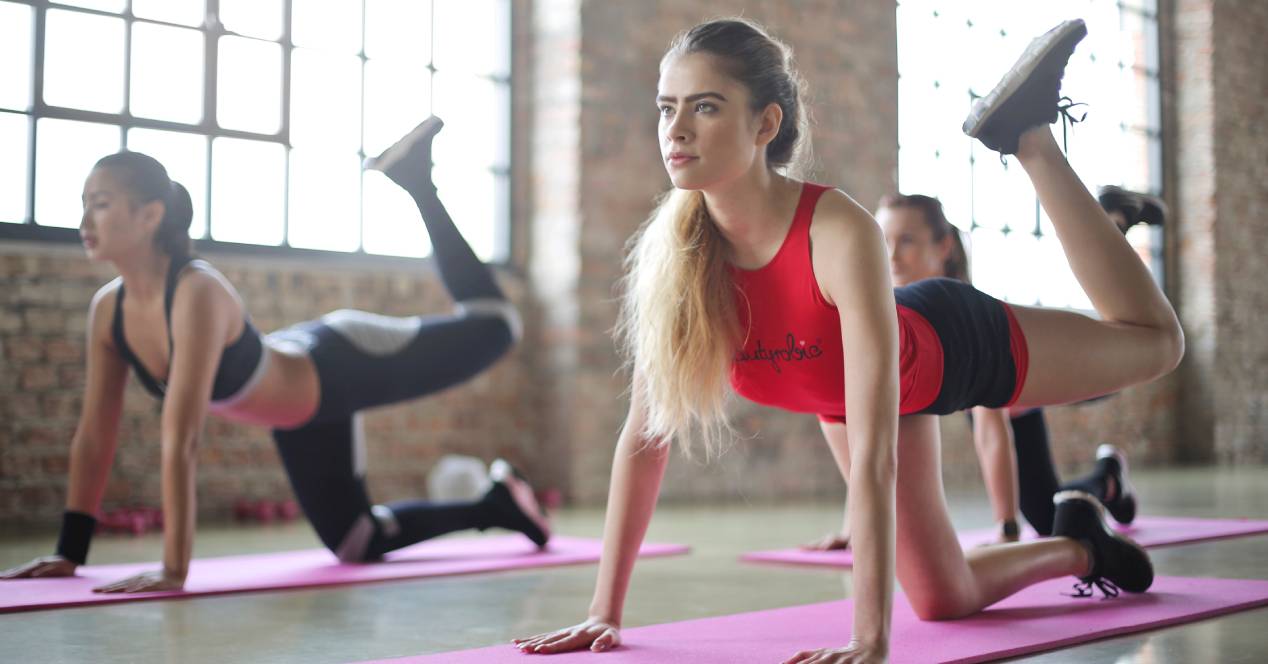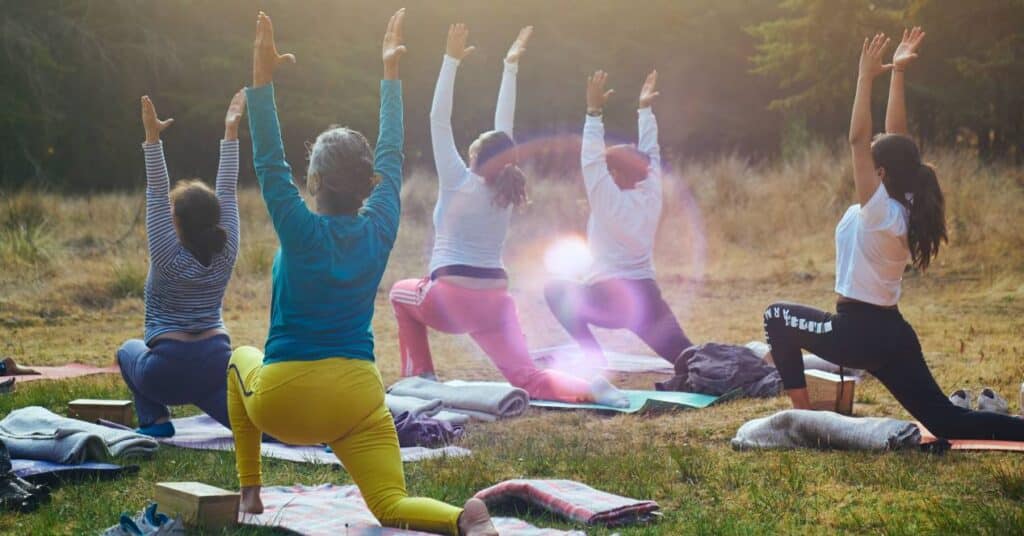
When we are going to start practicing a new activity, thousands of doubts and questions arise. Pilates is a discipline in which its creator was influenced by yoga, boxing, martial arts, gym and diving, as well as Western and Eastern philosophies.
Joseph Pilares thought that a healthy body should be a normal condition, not punctual, and that "physical condition is the first requirement for happiness." Now doubts appear to you like: do I have to wear special clothes? Should I take off my shoes in class? Are there special shoes?
The choice of shoes for Pilates is largely a matter of personal taste and comfort, because shoes are rarely required for this practice. Practitioners almost always perform exercises barefoot or in socks. However, some people prefer to wear shoes, either as a means of getting a better grip on the Pilates mat or as a way to keep their feet from getting cold.
Why shouldn't you wear pilates shoes?
The simplest and most direct answer is that shoes are not recommended for Pilates classes. We can be barefoot or wear socks in each session to have better foot support. Most of the time, Pilates studios have their own suggested protocol. Therefore, it is better to ask them when you sign up for it. In many exercises, proper foot alignment is critical, as incorrect alignment can lead to postural abnormalities. So it is not recommended to wear shoes when doing Pilates.
Most of the exercises are done without supporting the feet
In Pilates the mat is used a lot, so most of the movements are done lying down, sitting or kneeling on it. Shoes are not only not necessary for exercising on a mat, but they can also get in your way and prevent you from performing the movements correctly.
During various exercises, we must be able to fully articulate our feet, pointing or flexing our toes as directed. Shoes will not only impede movement, but will also prevent the monitor from seeing if your feet and legs are aligned and moving correctly. Most people choose to go barefoot while doing Pilates on a mat.
You need to align your body with each movement
All the exercises are based on the principles of precise movement, control and proper muscle activation, so it is best to practice Pilates under the guidance of a specialized monitor. The correct form and alignment of each part of your body are fundamental factors in each movement. The monitors must guide and correct the position of the spine, head, shoulders, pelvis and extremities.
In most exercises, misalignment of the foot can create postural problems that lead to musculoskeletal compensation throughout the body. For example, the Achilles tendon of a neutrally aligned foot is perpendicular to the ground. Bare feet allow instructors to see foot alignment without any obstruction.
the reformer
Going shoeless on the mat allows for full articulation of your feet and ankles, as well as giving trainers a full view of your body alignment. In Pilates movement is worked a lot, so it is not uncommon for your feet not to be in a neutral position; there may be cases of plantar flexion, or pointy toes; or dorsiflexion, toes pulled toward your shins, in a single exercise.
The need to be able to move your feet freely becomes even more necessary in the reformer, one of the most used materials. Footwork is a fundamental thing that many coaches choose to practice while warming up on the reformer. With the feet you can align the leg, the spine and the pelvis.

Pilates Shoe Options
According to the guidelines established by the creator of this exercise, it is best to perform both the mat work and the apparatus training barefoot. While barefoot is the best option for working on the mat and reformer, there may be times when you prefer to cover your feet. At times when the temperature is cooler, for example, it can be uncomfortable to exercise in bare feet, especially if you're in a drafty studio. In such a situation, it is recommended to purchase a pair of rubber soled socks for a better grip. Some manufacturers also design pilates shoes, which are similar to socks but made of a soft material.
There are those who also prefer to cover their feet for a matter of personal hygiene. There are socks made specifically for pilates or yoga and they are a great alternative, since they do not inhibit the movement of the foot. These socks end just below the ankle, so your instructor can still see your alignment, and have a rubber sole for better grip.
Many Pilates studios will require that we wear Pilates socks when using the reformer, but we may also choose to wear them when performing Pilates on a mat. If you want to wear socks to keep your feet warm while doing this physical activity, make sure they have non-slip soles. You could easily slip and injure yourself if you wear regular socks in Pilates. Therefore do not insist on going to a class with the same ones that you wear in your sneakers.
What is certain is that you should not be wearing your training shoes. Or barefoot or with special socks, but never with slippers. In this way we will favor that the fingers can be fully supported on the ground and there is no bridge on the soles of your feet that prevents real contact. You will develop strength in your fingers and improve your walking posture.
How to choose the right one?
Whether the foot can move comfortably is perhaps the most important question to ask when choosing Pilates shoes. Unlike most common shoes, those optimized for Pilates they shouldn't have to break. Must be perfect the moment we put them on for the first time. Feeling pinched, tight or stiff are signs that we should try a different size or style. You have to choose a Pilates shoe that is attractive and that you like to wear, but if the fit is inadequate, your entire workout could be affected.
El price is a primary factor for many shoe shoppers. Depending on the materials used to make the shoe and the prestige of the brand, the price could be exorbitant. It's usually a good idea to shop around and look for more than just the mainstream manufacturers if price is a concern for you. It's also important to note that shoes don't need to be specifically marked as Pilates-friendly to suit our needs. We can look in the dance or warm up sections for lower cost alternatives that will work just as well.